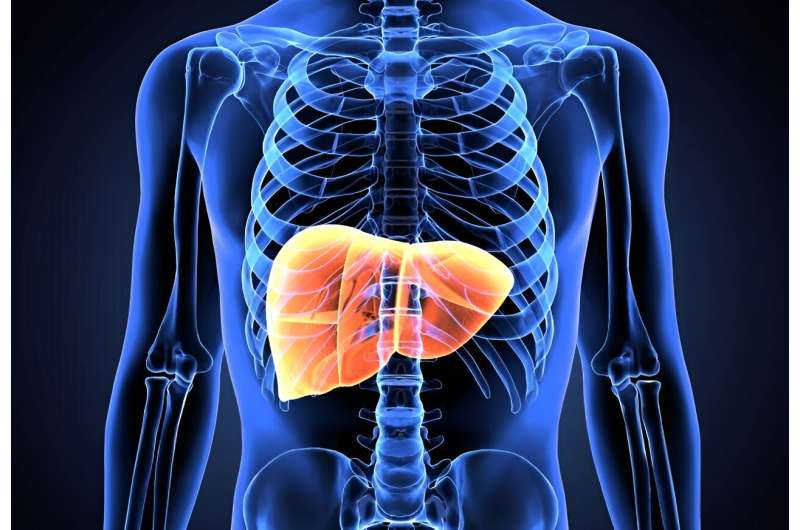
The burden of nonalcoholic fatty liver disease (NAFLD) is predicted to continue increasing, according to a study presented at The Liver Meeting, the annual meeting of the American Association for the Study of Liver Diseases, held from Nov. 10 to 14 in Boston.
Phuc Le, Ph.D., M.D., from the Cleveland Clinic, and colleagues developed an agent-based state transition model that included two components with a yearly cycle, simulating the U.S. population from the year 2000 based on Census data and tracking the natural history of NAFLD progression in adults encompassing 14 distinct health states.
Model validation demonstrated a close match between predicted outcomes from 2000 to 2018 and published data. The researchers found that the model predicted a steady increase in the prevalence of NAFLD among U.S. adults from 2020 to 2050 (27.8 to 34.3%). The proportion of nonalcoholic steatohepatitis is expected to increase from 20.0 to 21.8% among NAFLD cases.
For people aged 18 to 29 years, prevalence should remain relatively stable, but significant increases are projected in other age groups. From 2020 to 2050, the proportion of NAFLD patients who develop cirrhosis is projected to increase from 1.9 to 3.1%; liver-related deaths are expected to increase from 0.4 to 1.0% of all deaths. NAFLD is projected to cause 19,300 new cases of hepatocellular carcinoma by 2050 and 4,200 new cases of liver transplant per year, representing a significant increase from 10,400 and 1,700 cases, respectively, in 2020.
“With diabetes and obesity rates on the rise, metabolic dysfunction-associated steatotic liver disease is expected to become the leading reason for liver transplants in the United States,” Le said in a statement.
More information:
Abstract
More Information
Copyright © 2023 HealthDay. All rights reserved.
Source: Read Full Article
